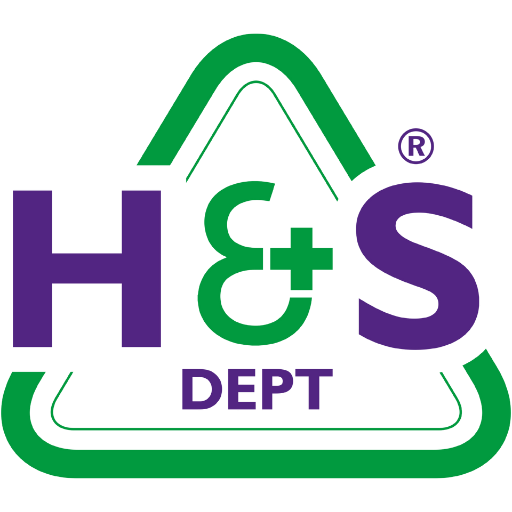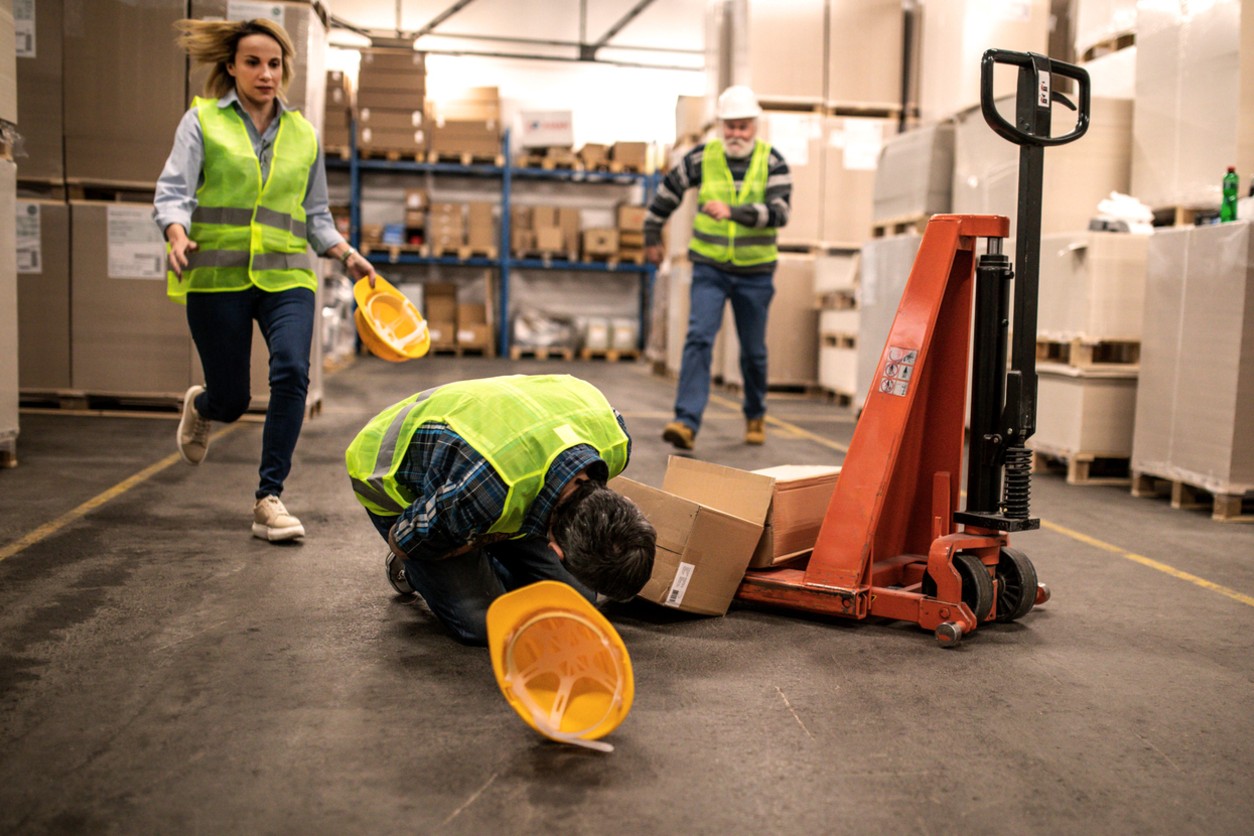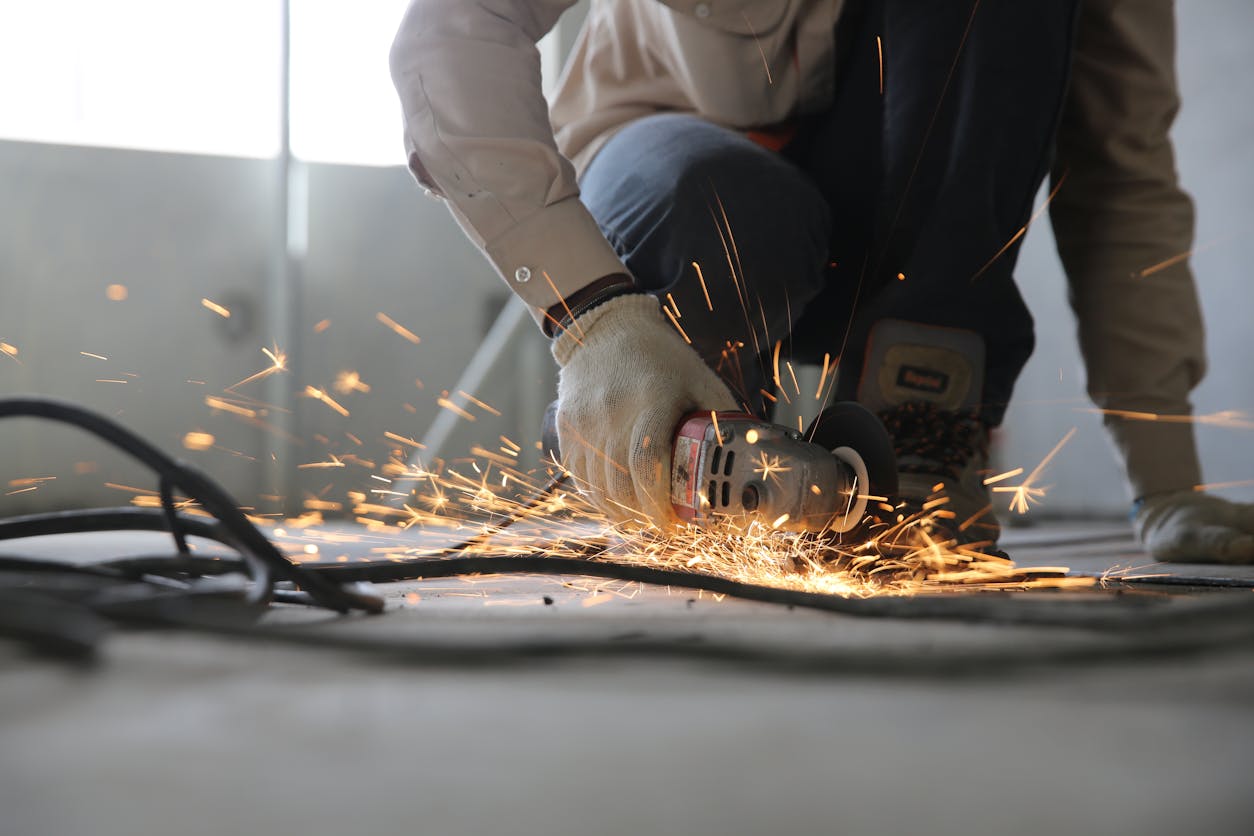Starting a new job is always a big moment. For employees, it’s a whirlwind of introductions, training, and trying to absorb company culture. For employers, it’s an opportunity to set expectations, share values, and give staff the tools they need to succeed.
One of the most important parts of this process is the health and safety induction. Done well, it helps new team members feel safe, supported, and confident. Done poorly, it can leave gaps in knowledge that increase risk and put your business at odds with the law.
So how do you make your health and safety induction both compliant and memorable? Let’s explore the essentials.
Why Inductions Matter
Every employer in the UK has a duty of care under the Health and Safety at Work etc. Act 1974 to protect employees and others affected by their work. This includes making sure new starters understand the hazards they may face, the controls in place, and the part they play in keeping themselves and colleagues safe.
A proper induction is about more than ticking a legal box. It sets the tone for your safety culture, shows that you take wellbeing seriously, and gives employees confidence from day one. For SMEs, where one accident can have major consequences, getting this right is crucial.
What to Include in a Health and Safety Induction
While every workplace is different, there are core elements that should always feature in an induction:
- Company safety policy: New staff need to know your overall approach to health and safety and how it applies to them.
- Emergency procedures: Clear guidance on fire exits, alarms, assembly points, and what to do in an emergency.
- First aid arrangements: Who the first aiders are, where kits are kept, and how to summon help.
- Risk assessments: The main hazards in their role and the controls in place to manage them.
- Accident reporting: How to report accidents, near misses, or unsafe conditions.
- Role-specific risks: Tailored information for their job, whether that’s manual handling in a warehouse, infection control in healthcare, or display screen equipment in an office.
Providing this information up front ensures employees know how to protect themselves and where to go for help.
Making Inductions Engaging
The challenge many employers face is that inductions are often crammed with information. New starters may nod politely while little of it sinks in. To make health and safety memorable, think about how you deliver it.
Break up the session into manageable chunks, alternating between explanation and interaction. Use visuals, demonstrations, and real-life examples rather than pages of text. Encourage questions throughout, making it clear that no query is too small or silly.
Consider mixing formats too. Face-to-face briefings are essential, but follow up with interactive e-learning modules, videos, or quizzes to reinforce key messages. Giving employees something practical to do – like locating fire exits or adjusting their workstation correctly – helps knowledge stick far better than a passive lecture.
Tailoring Inductions to Roles and Environments
A common mistake is delivering the same generic induction to every new employee. While some information applies to all, the real impact comes from tailoring content to the person’s role and work environment.
A warehouse operative will need in-depth guidance on manual handling, forklift safety, and PPE. A school administrator, on the other hand, will need more on DSE setup, stress management, and safeguarding visitors. By making inductions relevant, you show that you understand the specific risks staff face and that you value their safety.
Avoiding Common Pitfalls
Inductions sometimes fail not because of what’s covered, but because of how they’re approached. Overloading new starters with information in one sitting is a recipe for confusion and forgotten details. Spread the induction out if possible, with time for reflection and follow-up.
Another pitfall is treating the induction as a one-off event. Safety awareness should be reinforced through refresher training, toolbox talks, and regular updates. Without this, even the best induction will fade over time.
Finally, avoid turning the induction into a compliance exercise only. If staff feel it’s just about ticking boxes, they’re less likely to engage. Framing it as a way of keeping everyone safe and looking out for one another makes it far more meaningful.
Legal Obligations and Record-Keeping
From a compliance perspective, it’s important to keep records of health and safety inductions. This not only proves you’ve met your duty of care but also helps track who has received what training.
The HSE recommends maintaining signed induction checklists, training logs, and copies of materials provided. These records can be invaluable if your business ever faces an inspection or investigation following an incident.
Reinforcing the Message Beyond Day One
A successful induction is only the beginning. To truly embed safety in your workplace, reinforce key messages regularly. This might include refresher training after six months, brief reminders at team meetings, or visible posters highlighting safe practices.
Encouraging staff to speak up about hazards or near misses is also vital. When employees see that their concerns are acted upon, it strengthens a culture where safety is everyone’s responsibility.
How The Health & Safety Dept Can Help
Designing and delivering effective inductions takes time, expertise, and a clear understanding of the law. For many SMEs, that’s a tall order on top of running the day-to-day business.
At The Health & Safety Dept, we help businesses create tailored induction programmes that are both compliant and engaging. We’ll work with you to identify the key risks in your workplace, build content around them, and deliver training in a way that resonates with your staff.
Whether it’s developing a complete induction package, providing role-specific training, or refreshing your existing programme, our support ensures new employees get the right start. With our help, you can be confident that your inductions don’t just tick boxes – they genuinely protect your people and your business.
If you’d like expert help in creating inductions that really stick, get in touch with The Health & Safety Dept today. Together, we’ll make sure your new starters feel safe from day one – and stay safe long after.











